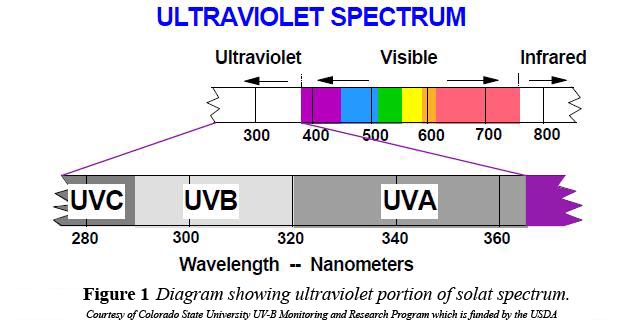The Unification Epicenter of True Lightworkers
The images used in this video belong to The United States Naval Observatory (USNO). For more information, please visit the USNO site for more information.
Views: 18
Comment
-
Comment by CHRISTINA on March 27, 2012 at 5:29am
-
How Do You Know if You Are Getting Enough Vitamin D?
The key point to understand is that sunlight is composed of about 1500 wavelengths, but the only wavelength that will have your body make vitamin D are UVB-rays when they shine on unexposed skin. The key is that the UVB-rays from the sun actually have to pass through the atmosphere and reach where you are on the earth. This obviously does not occur in the winter for most of us, but the sun's rays are also impeded during a fair amount of the year for people living in temperate climates.
So how do you know if you have entered into the summer season and into the time of year, for your location, where enough UVB is actually able to penetrate the atmosphere to allow for vitamin D production in your skin?
It should be noted that this represents a very small portion of the total radiation from the sun that reaches the earth's surface. Much is filtered out by our atmosphere. So due to the physics and wavelength of UVB rays it will only penetrate the atmosphere when the sun is above an angle of about 50° from the horizon. When the sun is lower than 50°, the ozone layer reflects the UVB-rays but let through the longer UVA-rays.

The first step is to determine the latitude and longitude of your location. You can easily do this on Google Earth, or if you are in the U.S. you can use the TravelMath Latitude Longitude Calculator to find your latitude and longitude i. Once you have obtained that you can go to the U.S. Navy site to calculate a table to determine the times and days of the year that the sun is above 50 degrees from the horizon ii. Please view the video at the top of this page. The URL for the US Naval Observatory Azimuth table is http://aa.usno.navy.mil/data/docs/AltAz.php
For a more detailed understanding of this you can visit the University of Colorado State's page iii that discusses this in more detail. If you read the paper you will see that there are other factors, such as ozone concentration, altitude, air pollution, ground covered by snow or ice, and cloud cover that also contribute to the amount of UVB that is ultimately reaching your skin.
Translated to the date and time of some places on the globe, it means for example: In my hometown of Chicago, the UVB rays are not potentially present until March 25, and by September 16th it is not possible to produce any vitamin D from the sun in Chicago. Please understand it is only theoretically possible to get UVB rays during those times. If it happens to be cloudy or raining, the clouds will also block the UVB rays.
This is one of the reasons I now spend most of my winters in the sunshine state of Florida because in the center of the state there are more than two extra months of UVB as the sun doesn't disappear for winter until October 23 and comes back again much earlier, around February.
http://articles.mercola.com/sites/articles/archive/2012/03/26/maxim...
© 2024 Created by Besimi.
Powered by
![]()


You need to be a member of Saviors Of Earth to add comments!
Join Saviors Of Earth